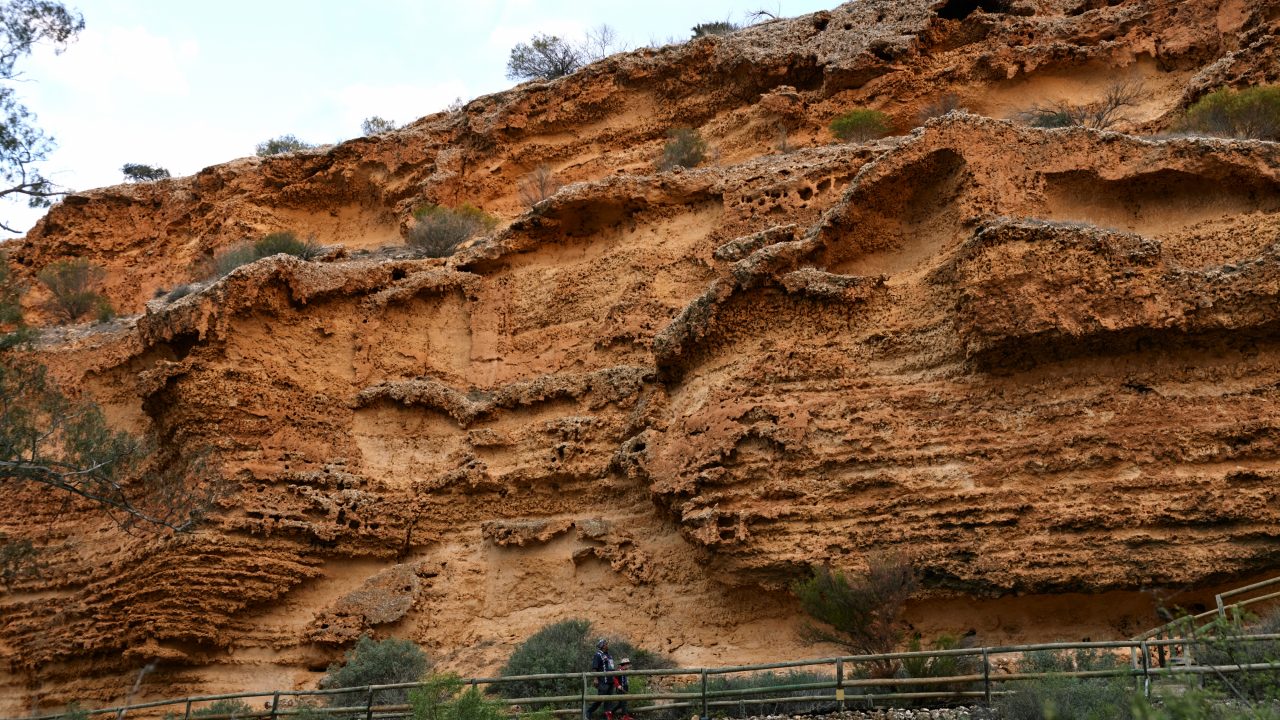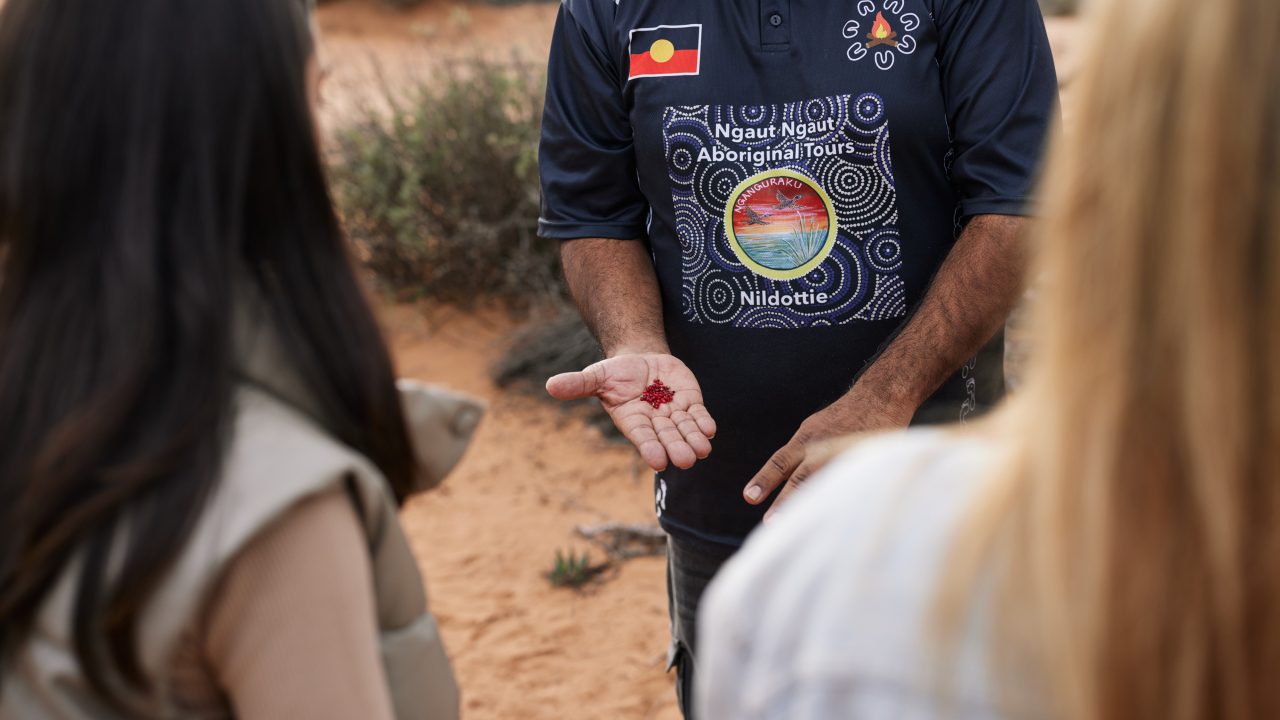History
Aboriginal peoples have been strongly connected to the Murray River for over 40,000 years. The river is central to the culture and beliefs of its traditional owners, the Ngarrindjeri and First Peoples of the River Murray and Mallee Region. The Ngarrindjeri Dreaming story vividly describes how the river was formed by a giant codfish, Ponde, creating the river’s path whilst chased by Ngarrindjeri in a bark canoe. This narrative reflects the river’s significance as a source of life and sustenance.
Raukkan, situated on Ngarrindjeri land near Lake Alexandrina, is a testament to the region’s rich Indigenous heritage. Renowned as the birthplace of David Unaipon, the celebrated Aboriginal inventor and author whose legacy is honoured on Australia’s $50 note, Raukkan is steeped in history. Alongside Unaipon’s portrait, the note features the mission church of Raukkan, built in 1869 the restored church is still in use today.
The Murray River was first documented by Hume and Hovell, who reached it at a point above Albury in 1824. However, it was Captain Charles Sturt’s expedition in 1830 that named it, “Murray”, after Sir George Murray, then Secretary of State for the Colonies. Sturt’s seventy-seven-day voyage down the river to the Murray’s mouth, near present-day Goolwa, displayed the river’s potential as a major transport route.
The Murray River trade route surged in the mid-19th century as navigation efforts increased. In 1852, the South Australian government offered an $8,000 bonus for the first paddle steamer to reach Echuca, achieved by William Randell and Francis Cadell. This led to the river becoming essential for transporting goods like wool, wheat, hides, salt and oats to settlers and miners. As a result, it spurred economic growth and the establishment of new settlements and industries.
Throughout the 19th and 20th centuries, The Murray River underwent significant changes due to agricultural development and irrigation schemes. The River Murray Waters Agreement of 1914 marked a critical point in resource management, leading to the construction of locks and weirs to regulate water flow and support navigation and irrigation. However, these developments also brought challenges including environmental degradation and over-allocation of water resources, exhibited during the Millennium drought. Today the basin states continue to collaborate under the Murray-Darling Basin Agreement to secure the river’s health for future generations.

